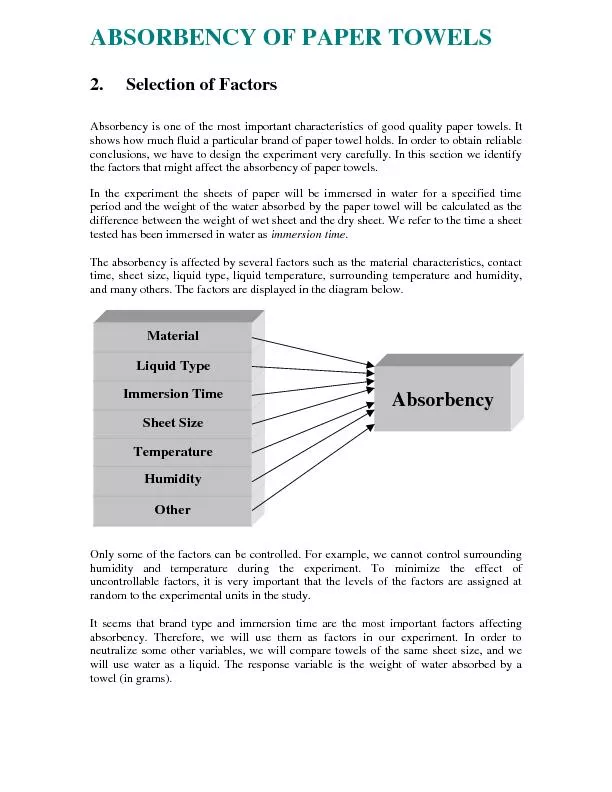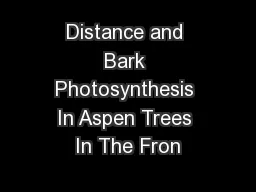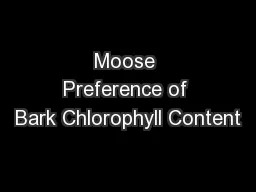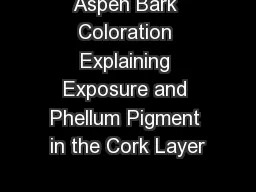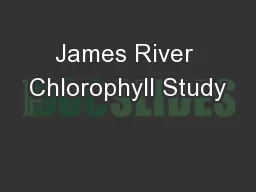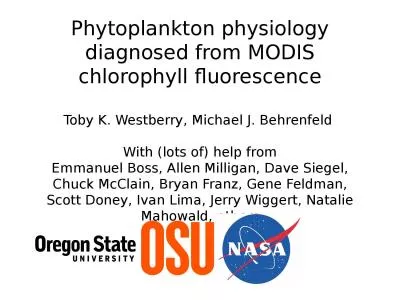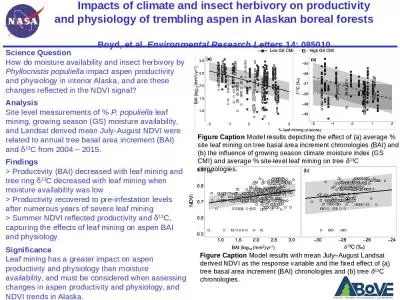PPT-Does Chlorophyll ( β ) Absorbency Change with Orientation to Sun in Aspen Bark?
Author : debby-jeon | Published Date : 2019-11-03
Does Chlorophyll β Absorbency Change with Orientation to Sun in Aspen Bark That is the question by Tyler Streb Winter Ecology Spring 2016 CU Mountain Research
Presentation Embed Code
Download Presentation
Download Presentation The PPT/PDF document "Does Chlorophyll ( β ) Absorbency Chang..." is the property of its rightful owner. Permission is granted to download and print the materials on this website for personal, non-commercial use only, and to display it on your personal computer provided you do not modify the materials and that you retain all copyright notices contained in the materials. By downloading content from our website, you accept the terms of this agreement.
Does Chlorophyll ( β ) Absorbency Change with Orientation to Sun in Aspen Bark?: Transcript
Download Rules Of Document
"Does Chlorophyll ( β ) Absorbency Change with Orientation to Sun in Aspen Bark?"The content belongs to its owner. You may download and print it for personal use, without modification, and keep all copyright notices. By downloading, you agree to these terms.
Related Documents





